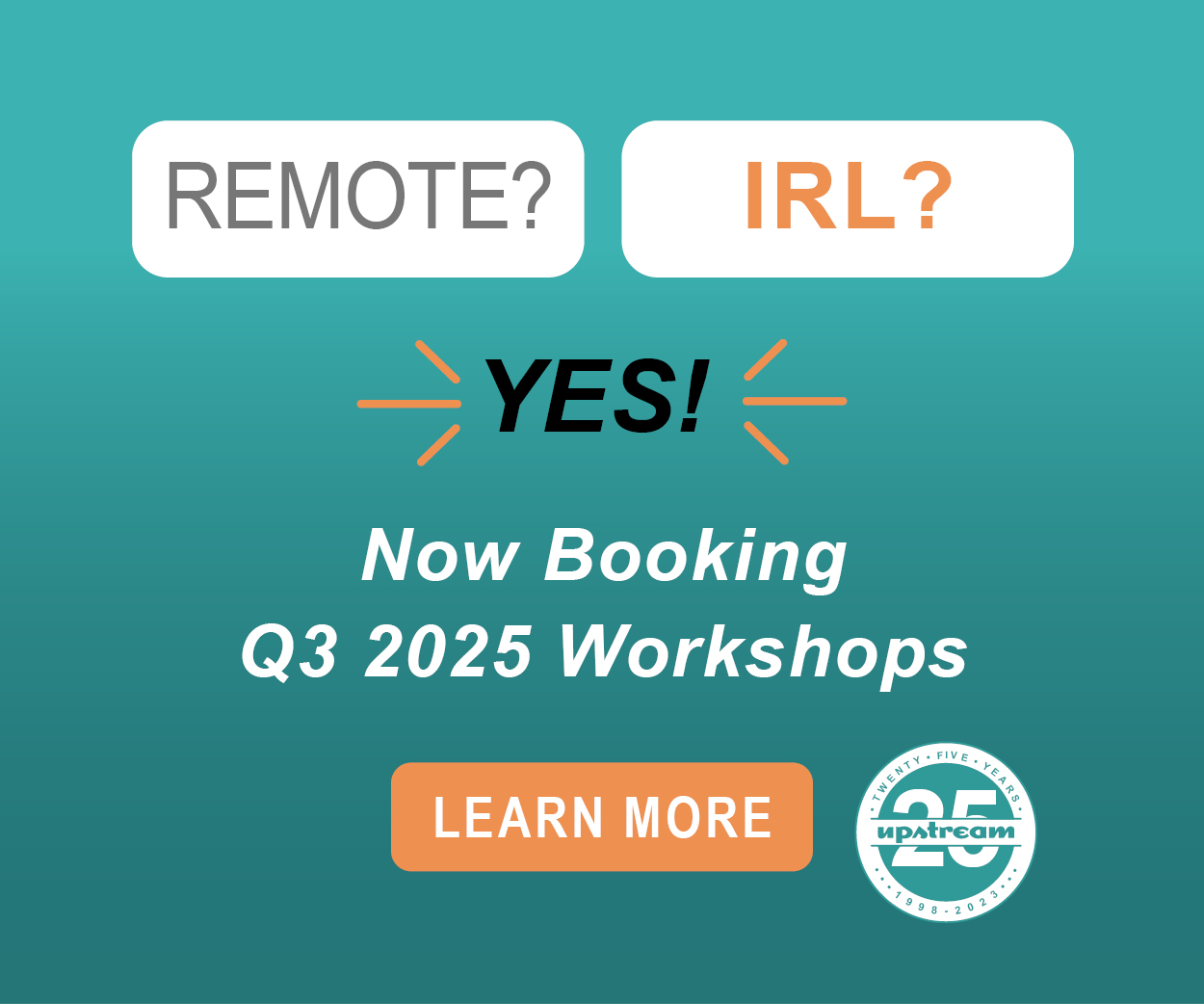Sellers in our industry are tasked with explaining detailed technology, benefits and programs, and subsequently persuading the customer to act. Each believes that -- if only I could get the meeting! - he or she could make the case and make the sale.
Maybe. Except you're probably not going to get the meeting. And you're almost certainly not going to get it in time.
Consider that clients and buyers have fewer available hours on the calendar and less administrative and staff support than ever before. They're looking for fewer face-to-face meetings and can erect barriers to contact more easily than ever before. And the average client is getting literally dozens of requests for an hour of your time every day.
Some sellers continue to bank on getting that hour in the office. Others give up altogether and do nothing but transact by email. But there's a third option: the well-planned phone meeting. Scheduling a call with a tight, focused purpose puts less pressure on the client's calendar, is more easily scheduled or rescheduled sooner than a face-to-face might be. For reps who are trying to shorten the sales cycle this means fewer I can't make the meeting but I'll see you in 3 months moments.
But there's also a powerful hidden benefit to the phone: intimacy.
Structure and execute your phone meeting properly (more on that below) and you can use the phone call and supporting visuals the way a storyteller uses a podcast. Here's how.
- Have Something Clear to Solve For. If the client won't take a meeting just to be talked at, they're not going to take a phone call either if that's all you've got. The incremental audience or enhanced ability to tell a crucial brand story will give your call purpose.
- Share a Screen. Rather than a complicated video conference, choose instead to be looking at the same slides and images that your customer is. A common point of reference can be more productive and less awkward for everyone involved.
- Get to the Point and Keep Your Promises. If you asked for 20 minutes, then get down to business right away. No glad handing early in the call. Pace yourself and end on time.
- Short and Simple. Two or three slides or diagrams is the most you should ever hope to convey in a phone conference. Make sure they're about the customer and the opportunity.
- Ask for What You Want. If you can't ask a question with a strong verb (recommend, approve, budget, etc.) then you're not going to move the ball. By respecting the client's time and intelligence, you have the right to ask for clarity on where you stand. Do it. Listen to the answers and engage around them...that's where the selling happens.
Don't think of phone calls as just stepping-stones to in person meetings. Nor are they something you're settling for. They're a smart, effective tool that can speed up your sales cycle and help you compete in a time-starved world.
